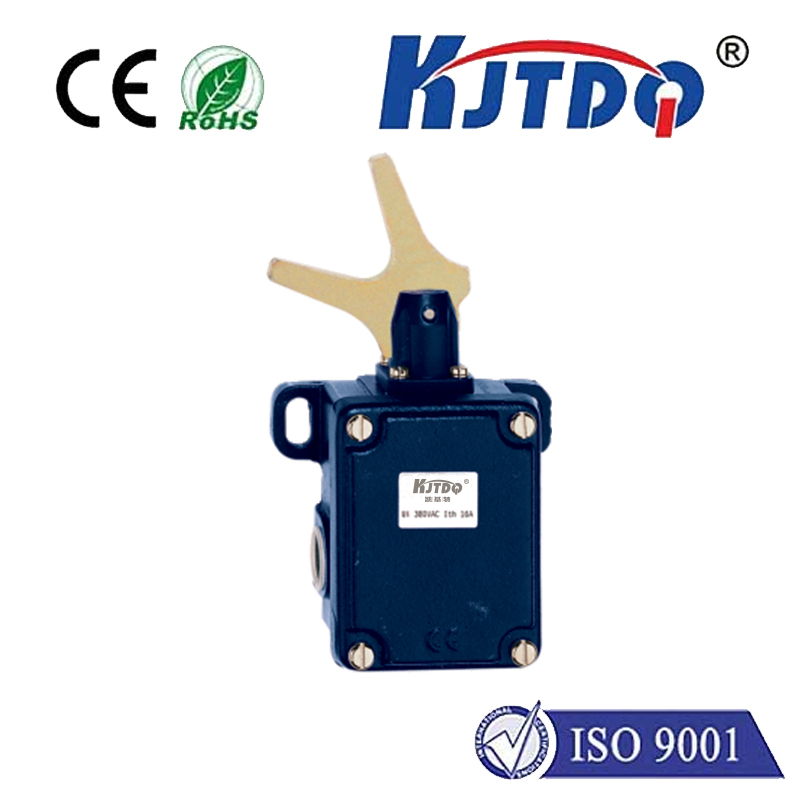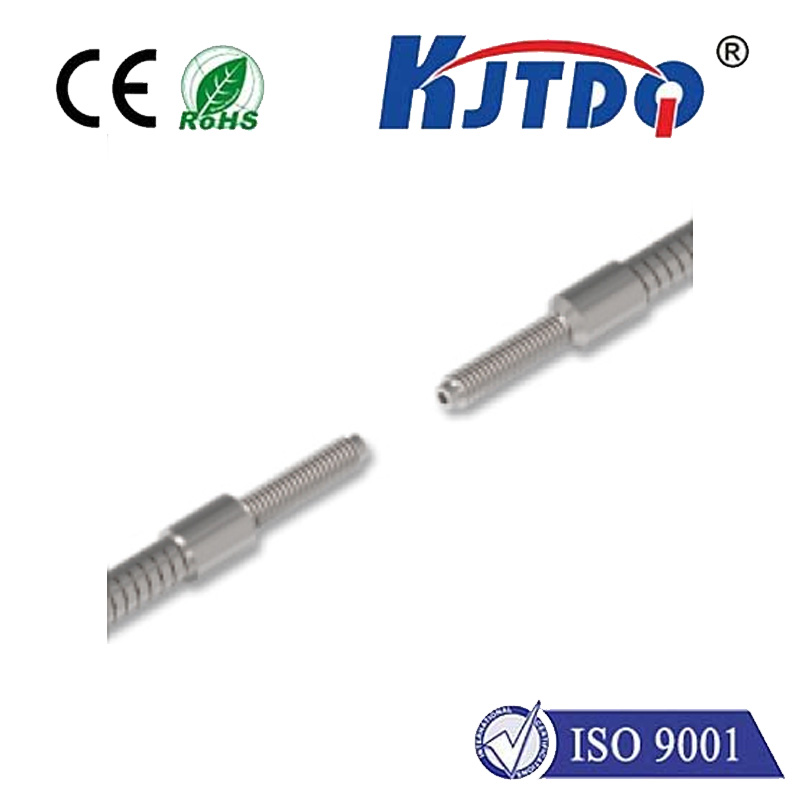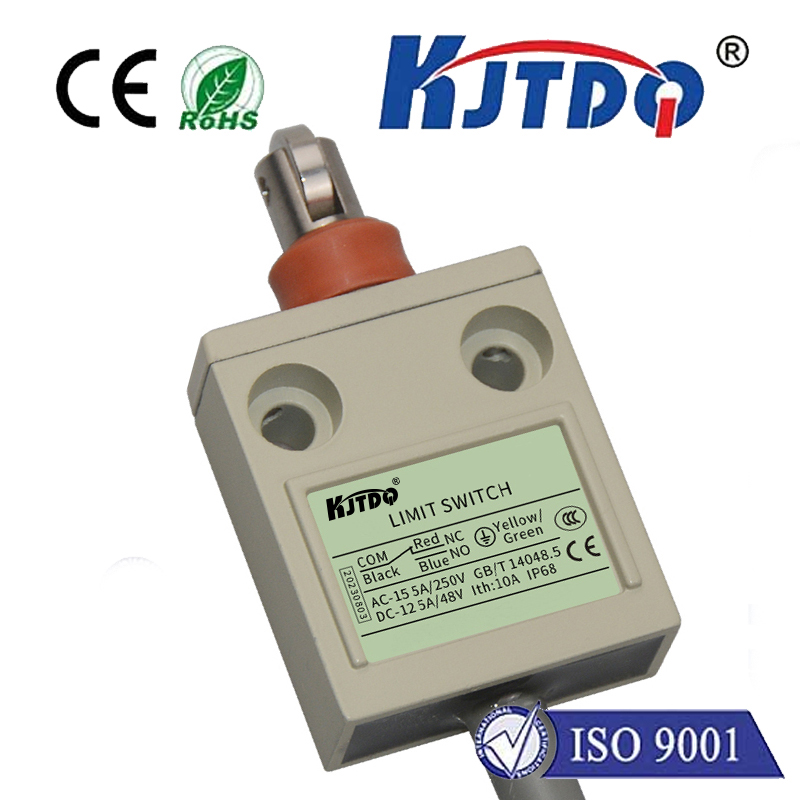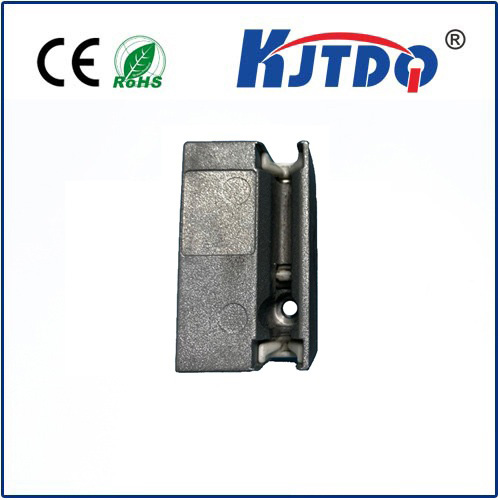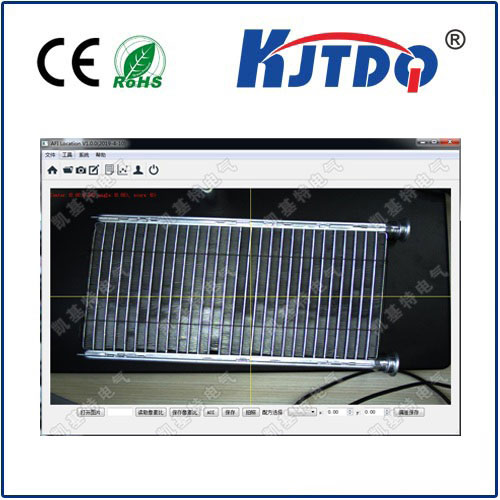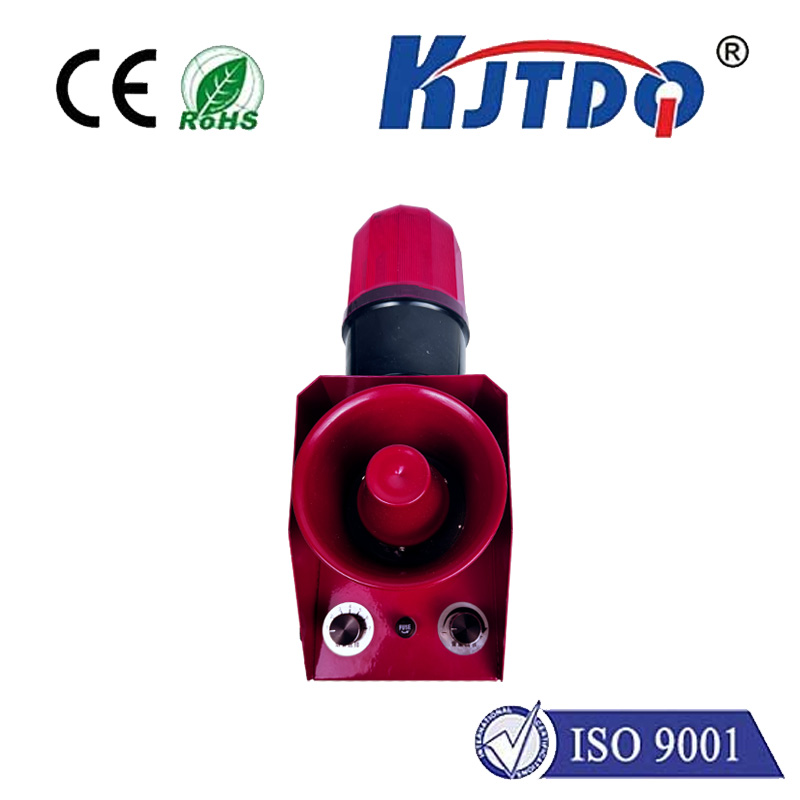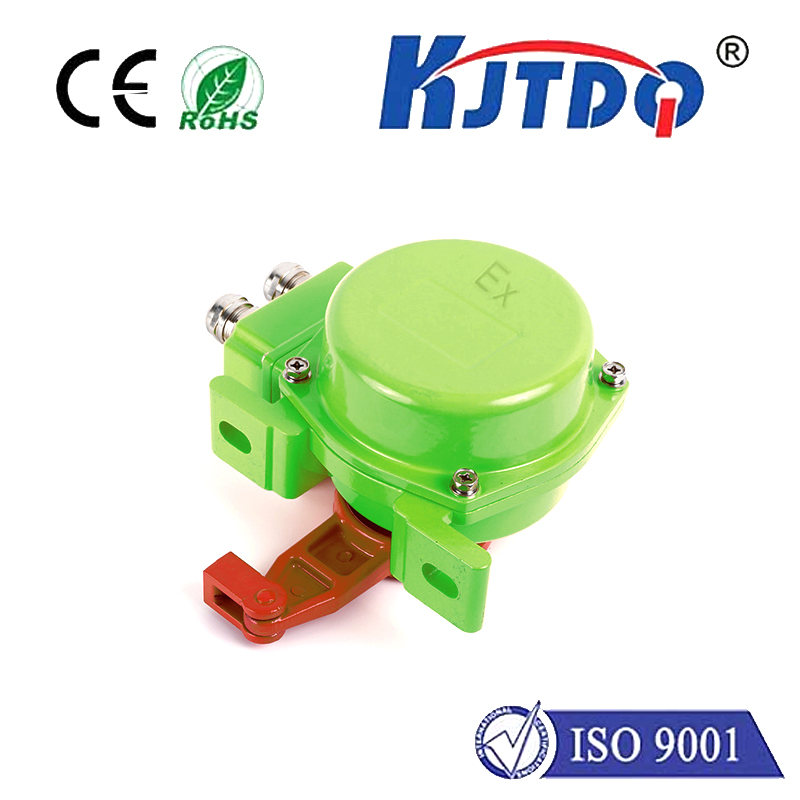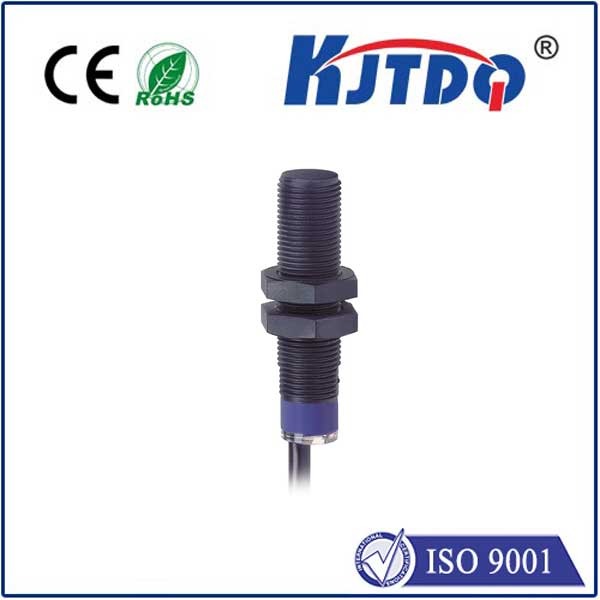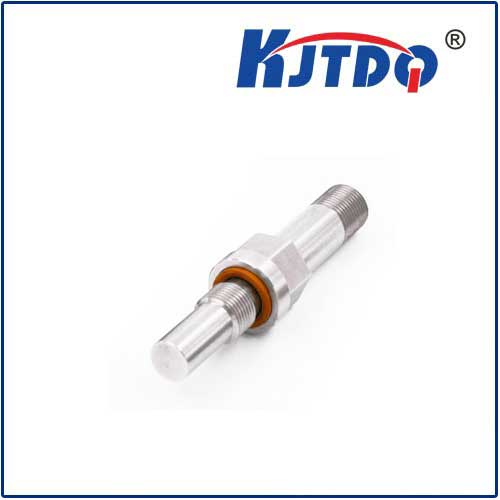
check

check

check

check
Tower cranes are an essential piece of equipment in the construction industry. They are used to lift heavy loads such as steel beams, concrete blocks, and other building materials. However, the operation of tower cranes can be dangerous if not done correctly. One crucial safety feature that ensures safe operation is the limit switch.
A limit switch is a mechanical or electronic device that is used to detect the presence or absence of an object. In the case of tower cranes, the limit switch is responsible for stopping the crane's movement when it reaches its maximum height or load capacity. This prevents the crane from tipping over or causing damage to the surrounding area.

The limit switch on a tower crane works by monitoring the position of the crane's boom and hook. When the boom reaches its maximum height, the limit switch sends a signal to the crane's control system, which then stops the crane's movement. Similarly, when the hook reaches its maximum load capacity, the limit switch sends another signal to stop further lifting.
The importance of the limit switch cannot be overstated. Without it, tower cranes would be unsafe to operate, posing a significant risk to both workers and the surrounding environment. The limit switch ensures that tower cranes operate within their designed parameters, preventing accidents and reducing the risk of injury or damage.
In conclusion, the limit switch is a critical safety feature on tower cranes. It ensures safe operation by preventing the crane from exceeding its maximum height or load capacity. As such, it is essential to regularly inspect and maintain the limit switch to ensure its proper functioning. By doing so, we can help ensure the safety of those who work with tower cranes and the surrounding environment.
